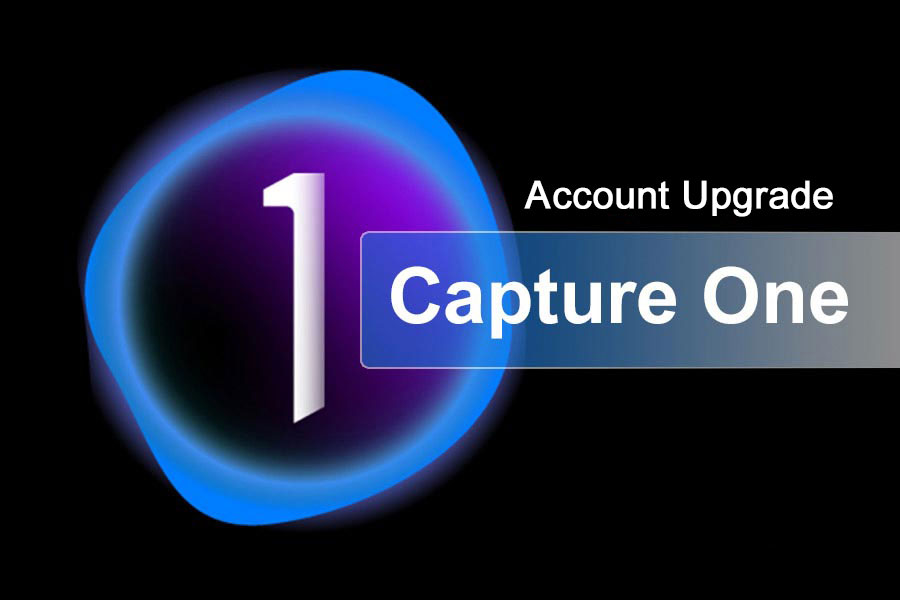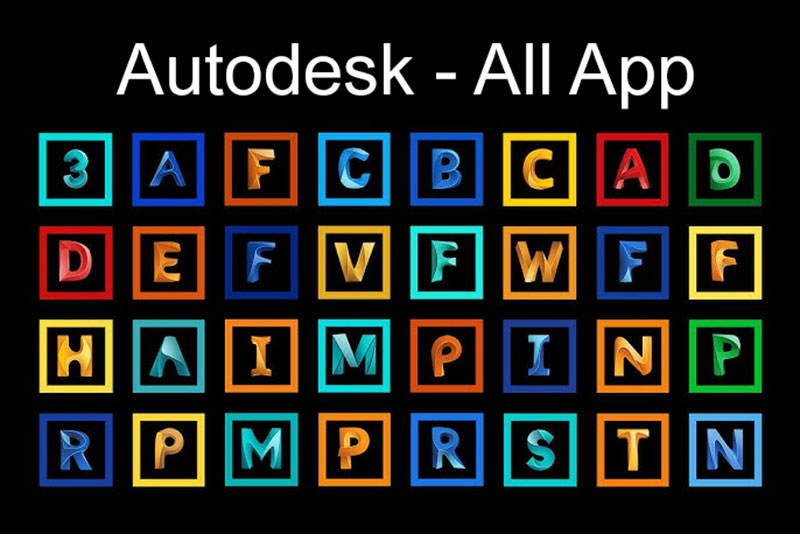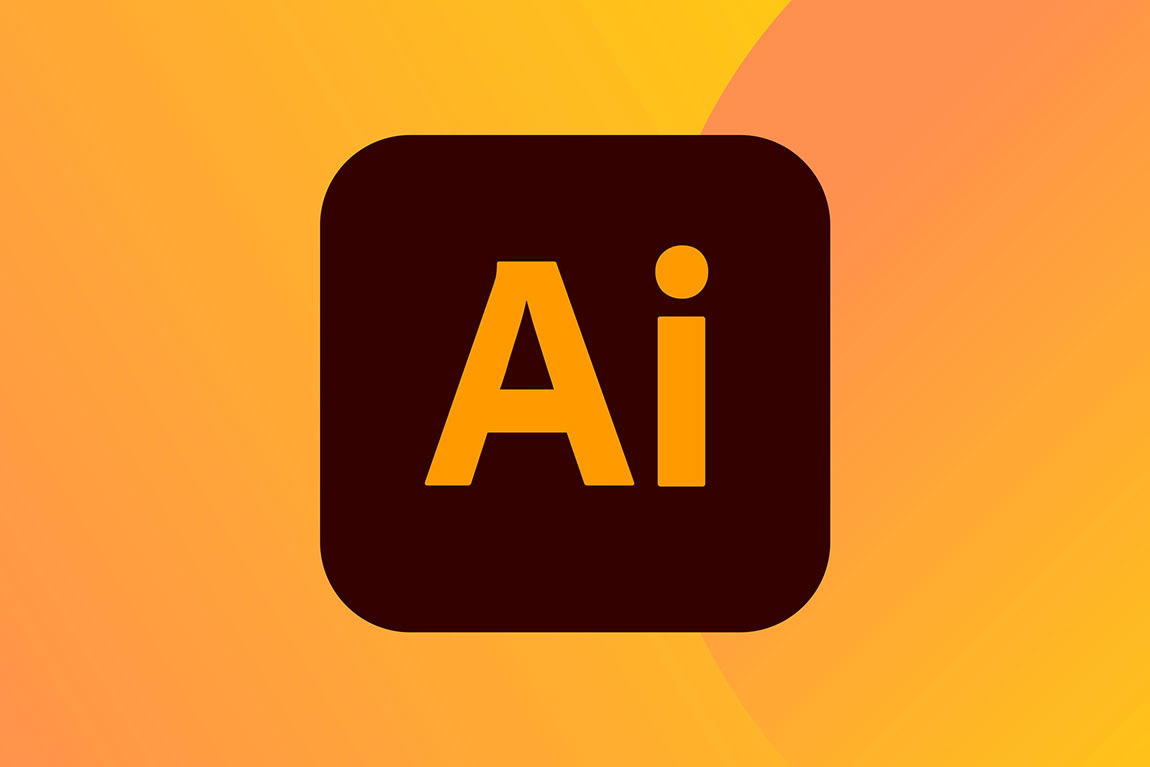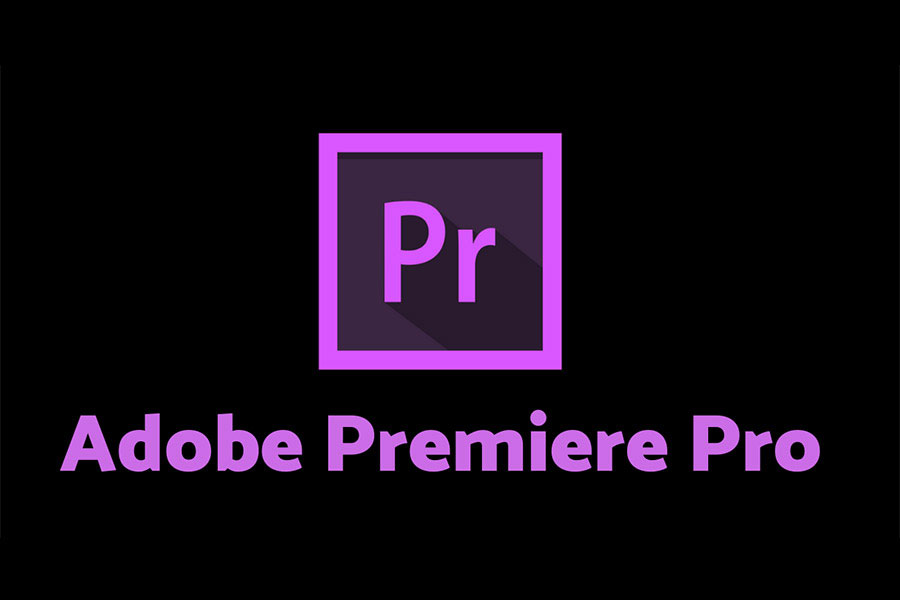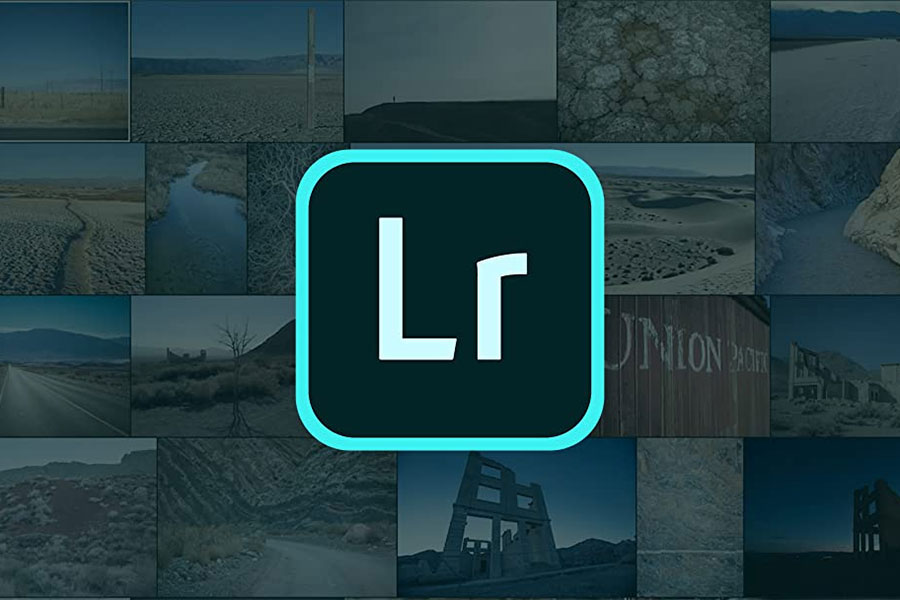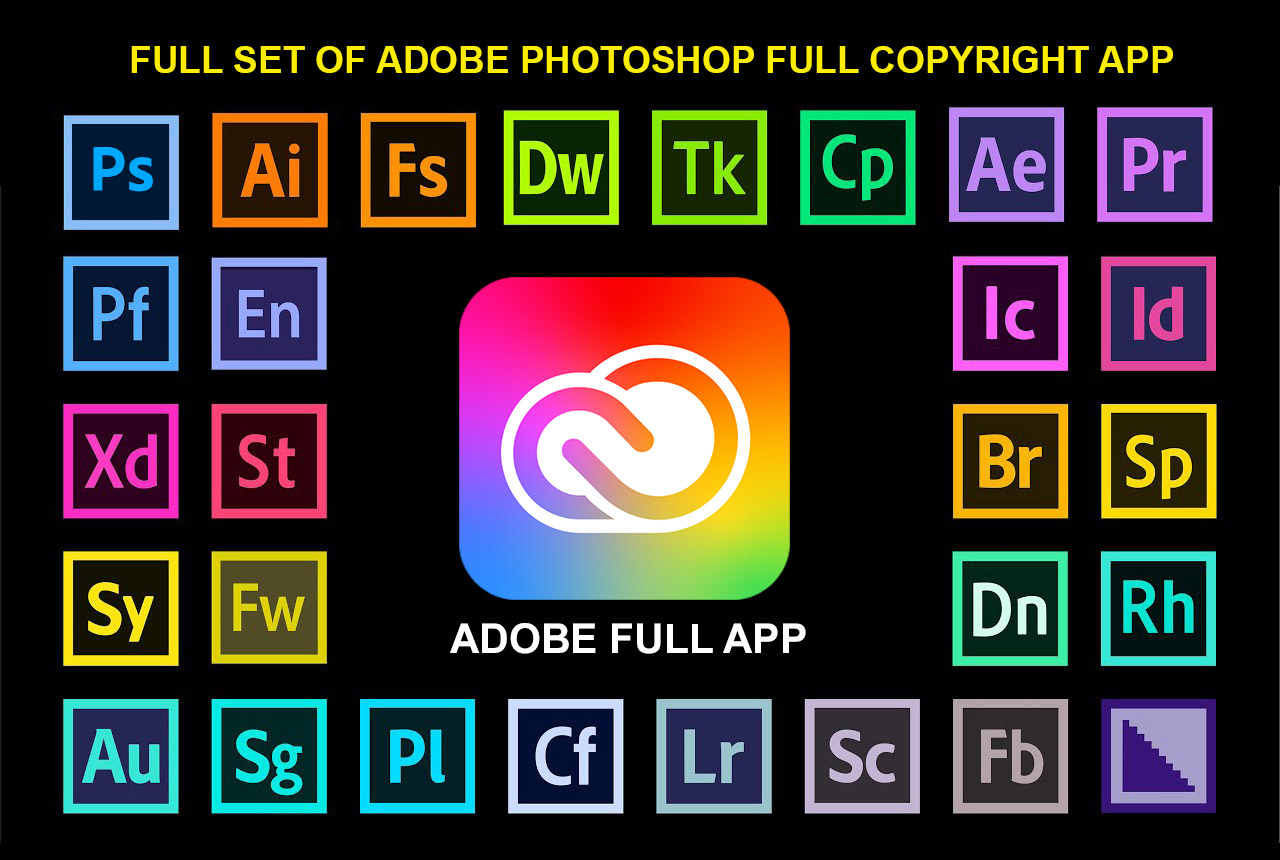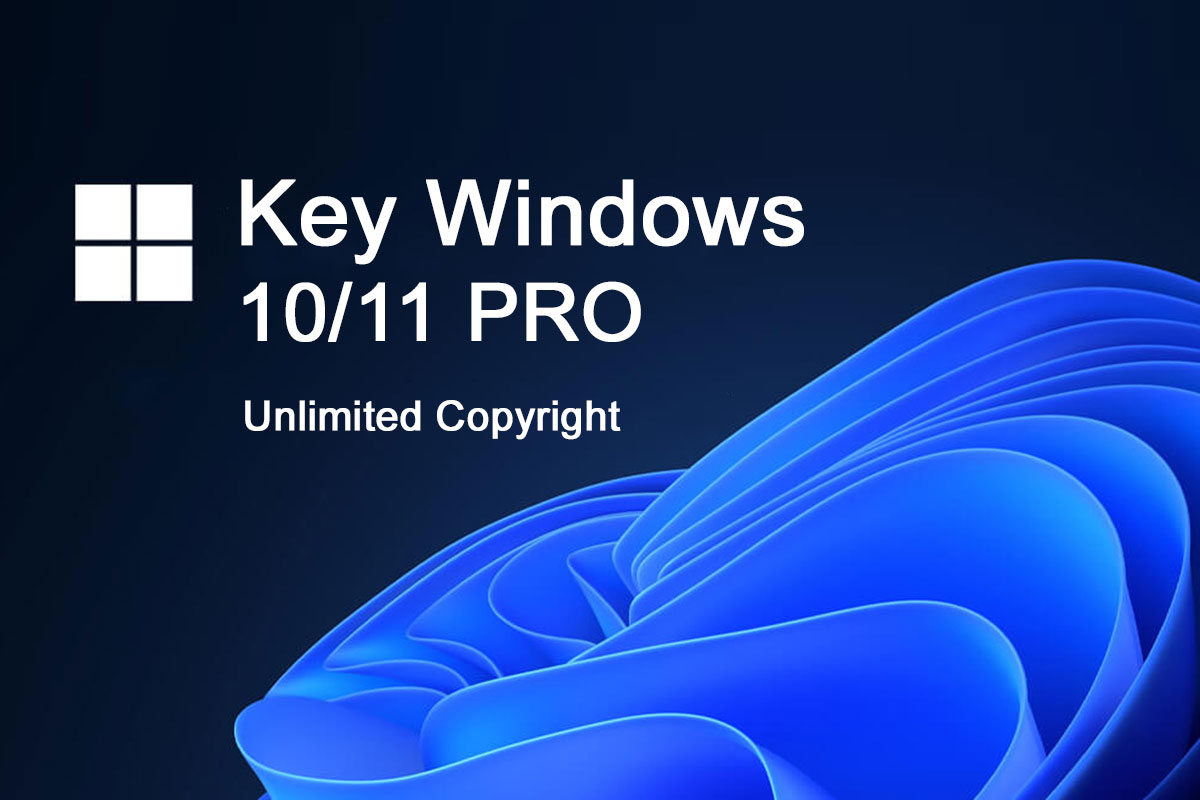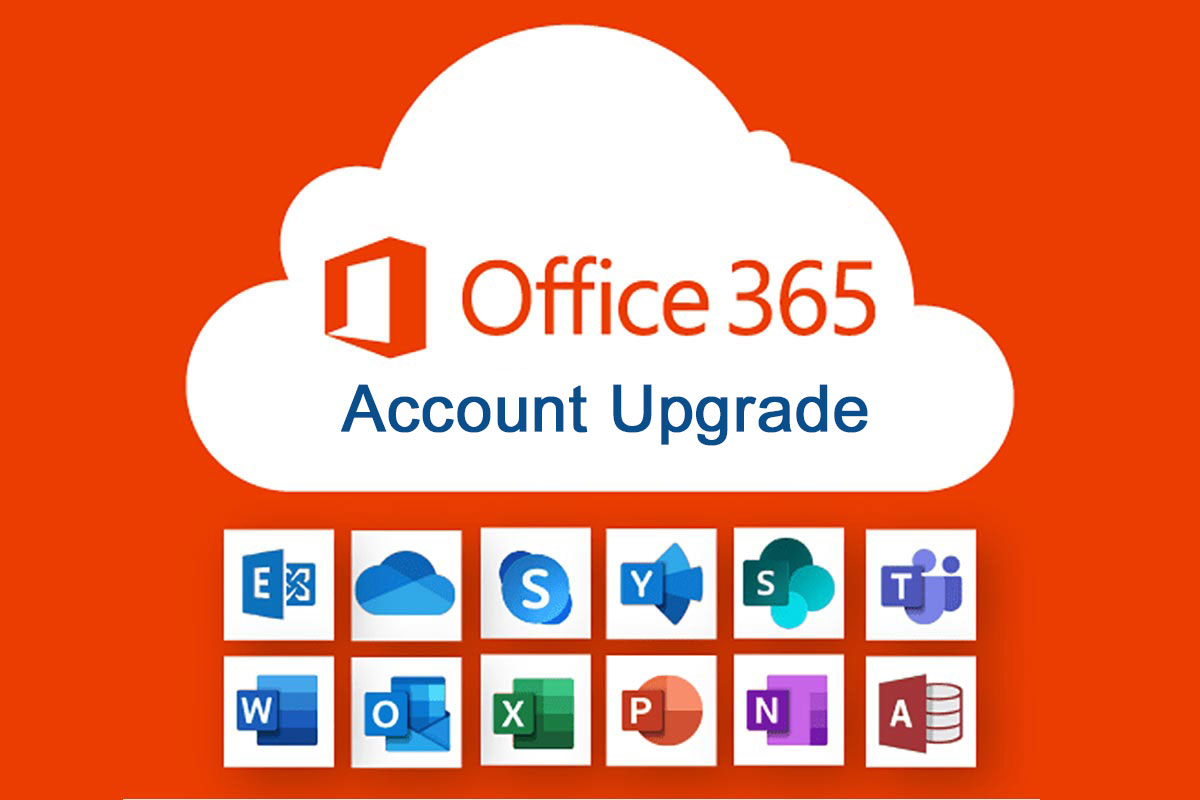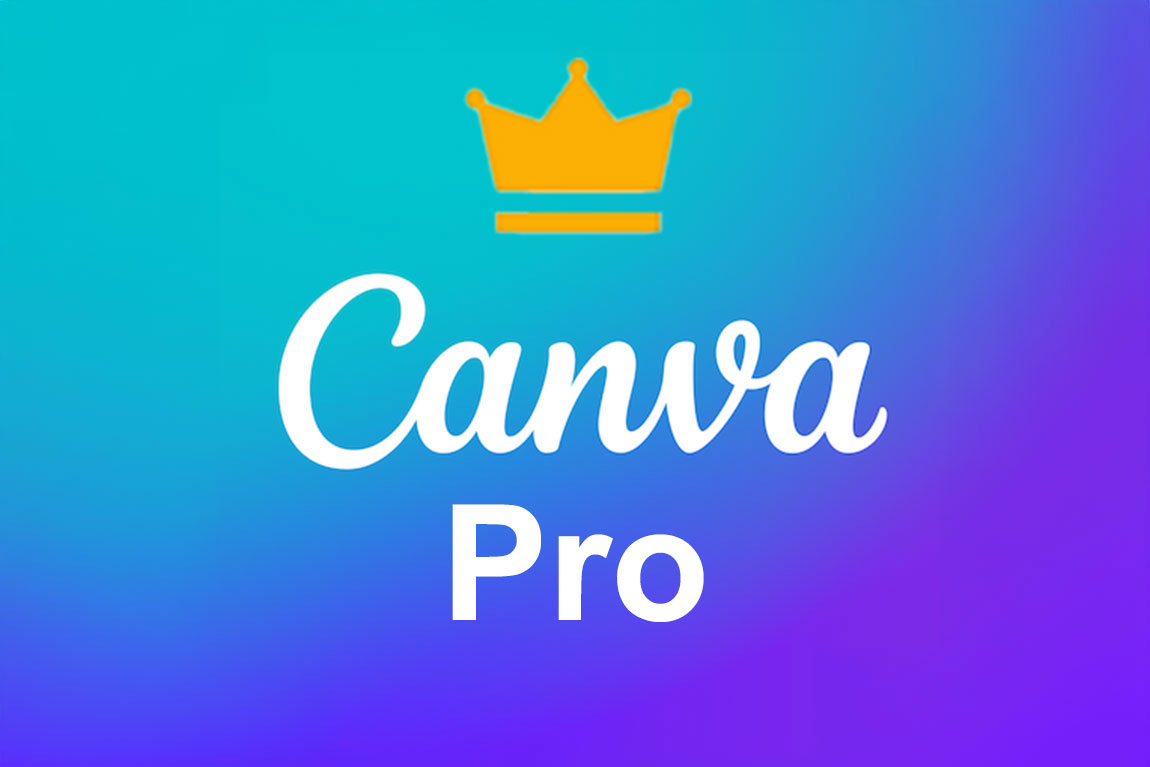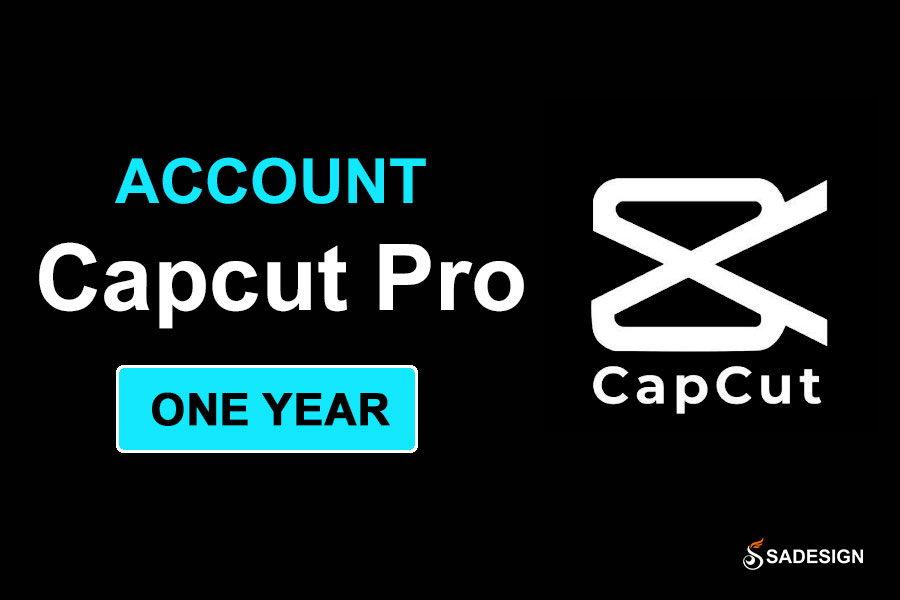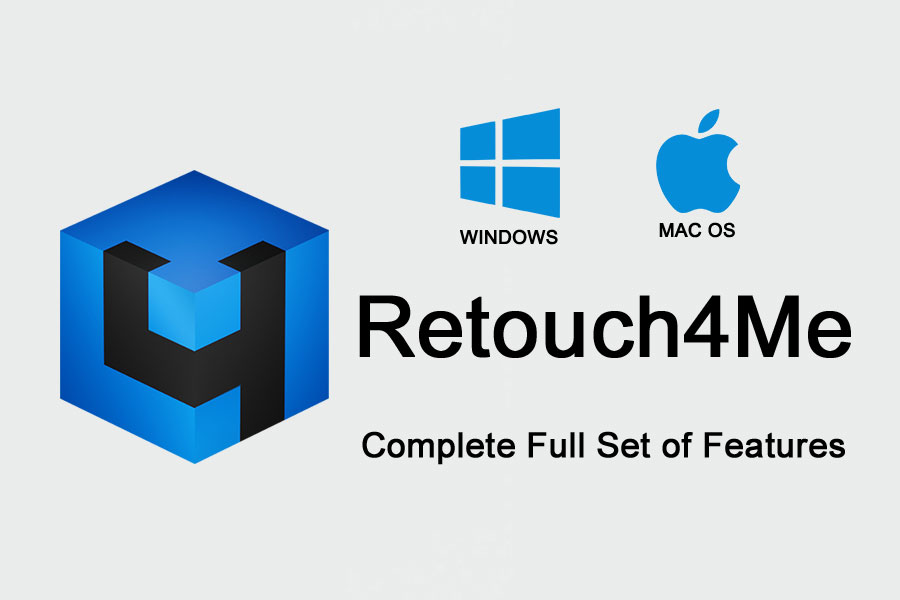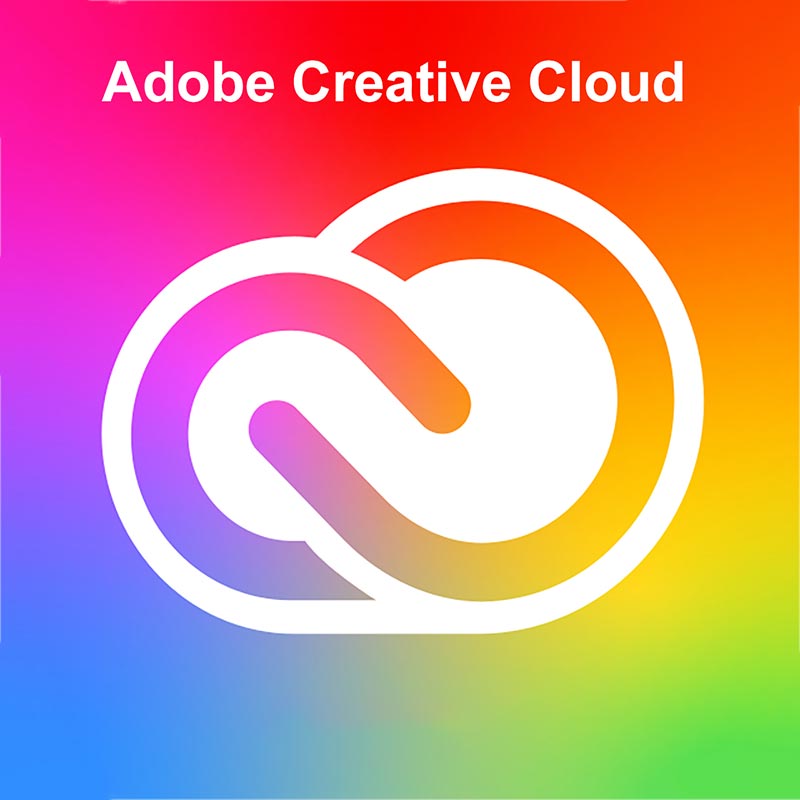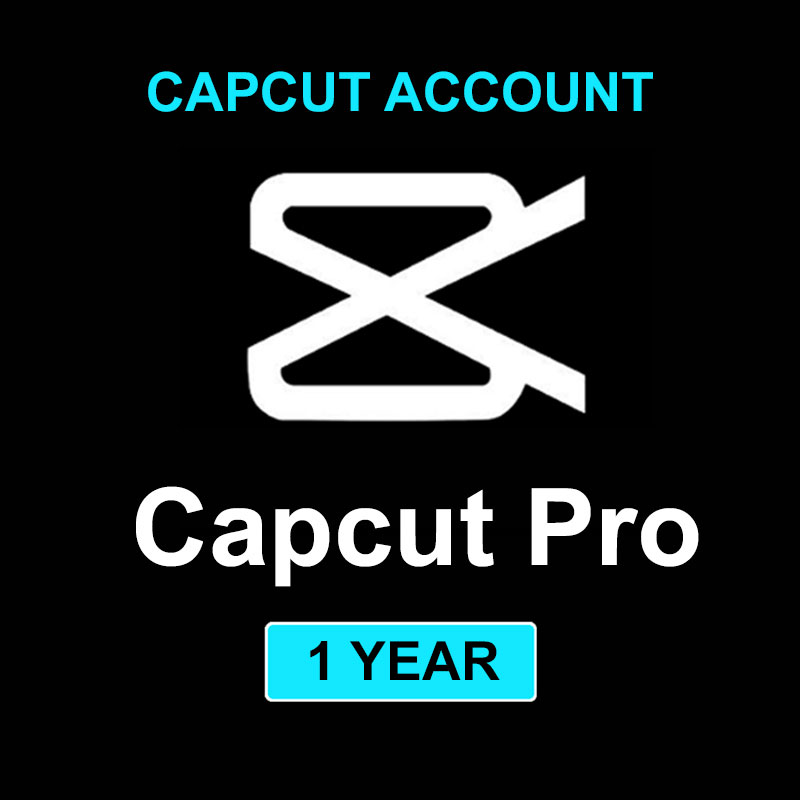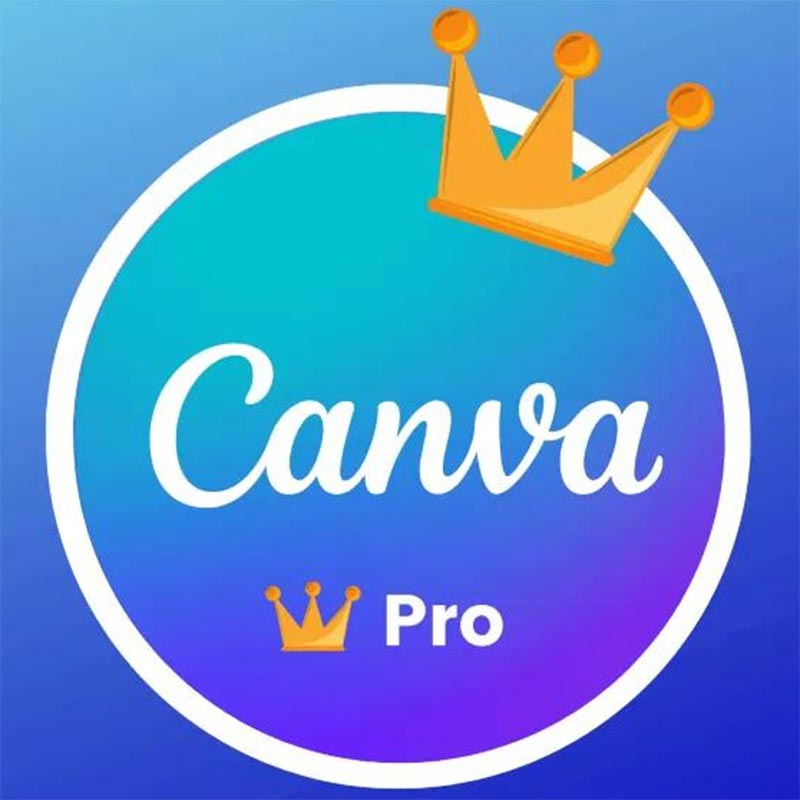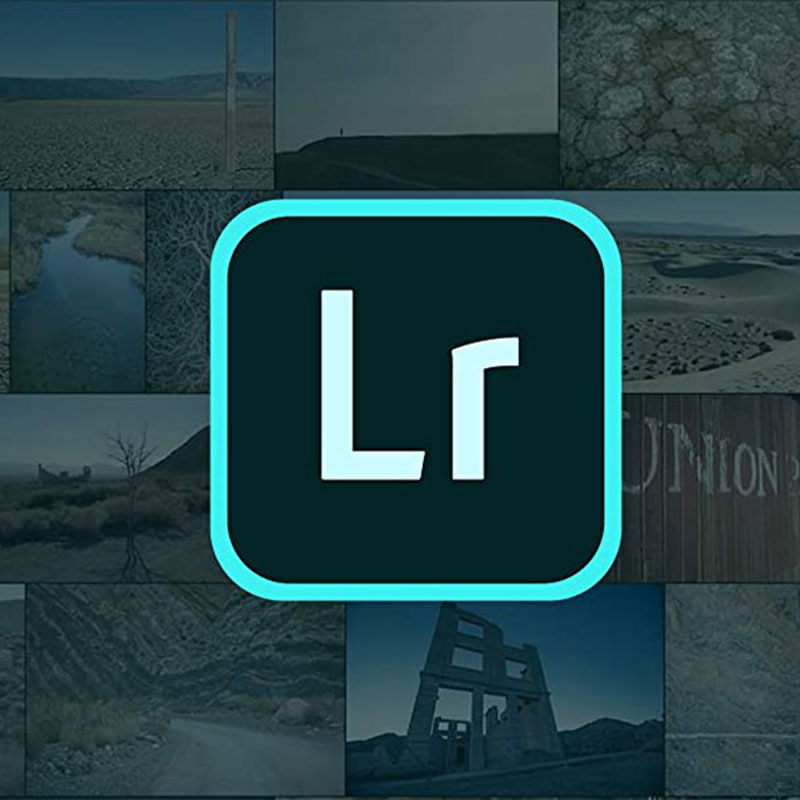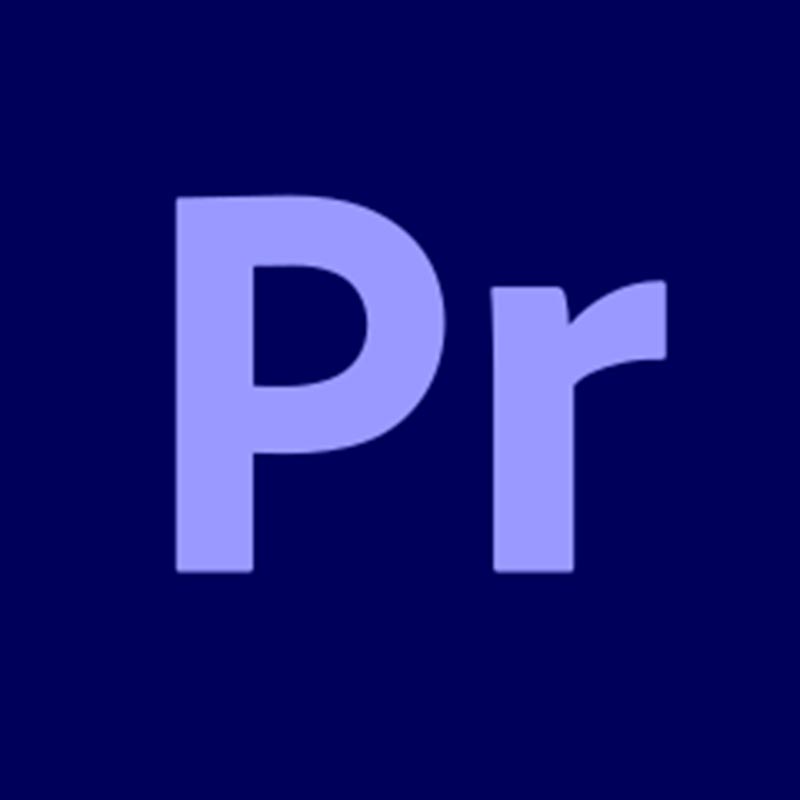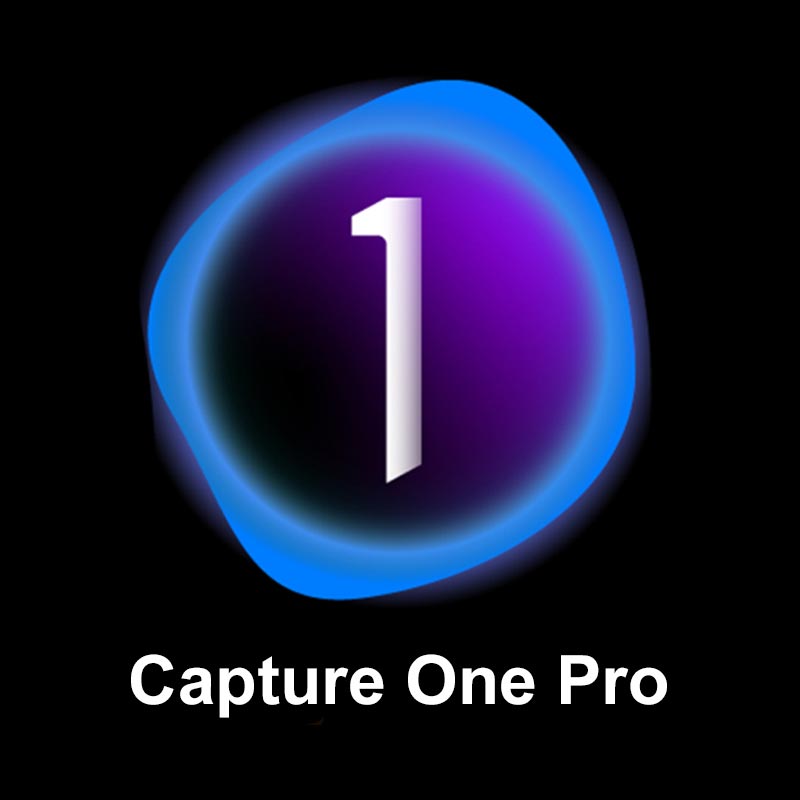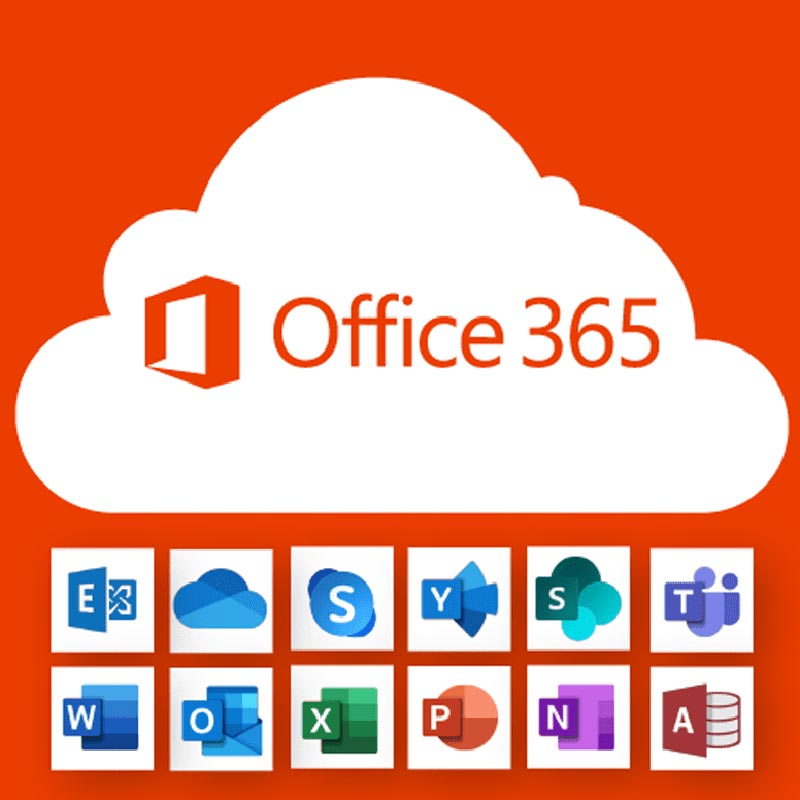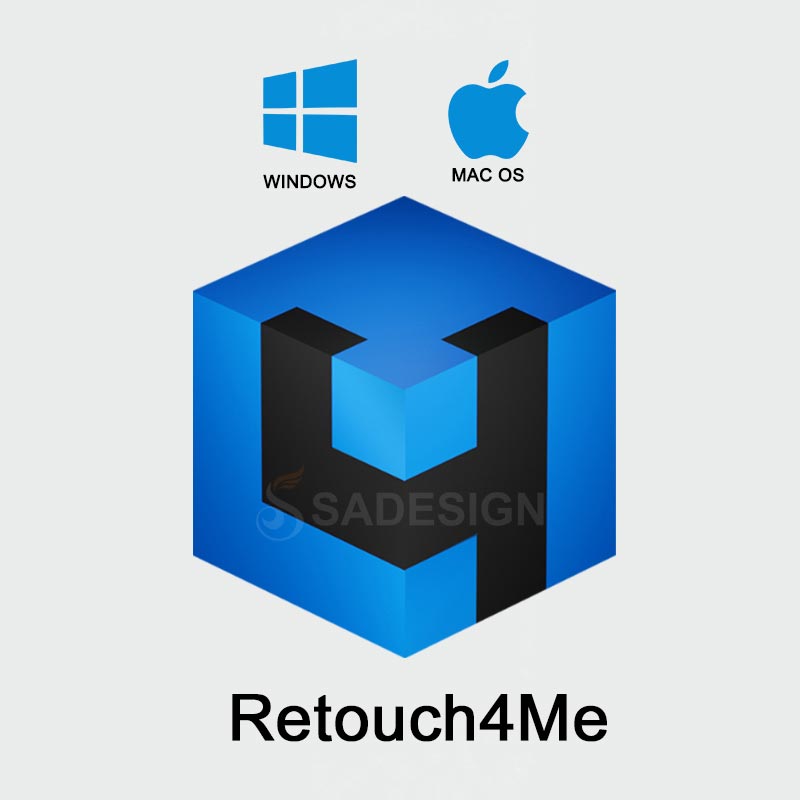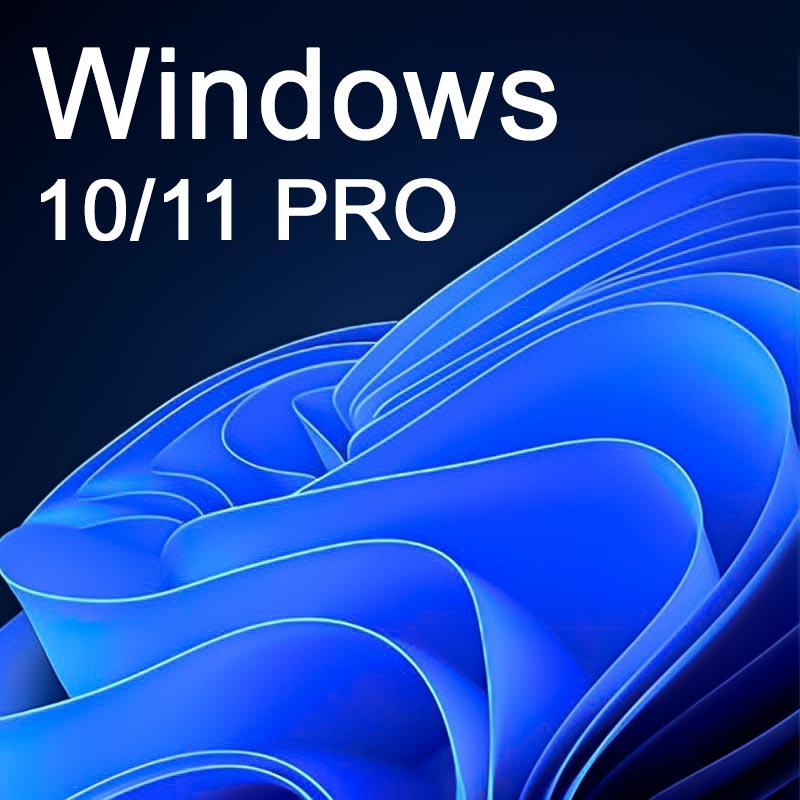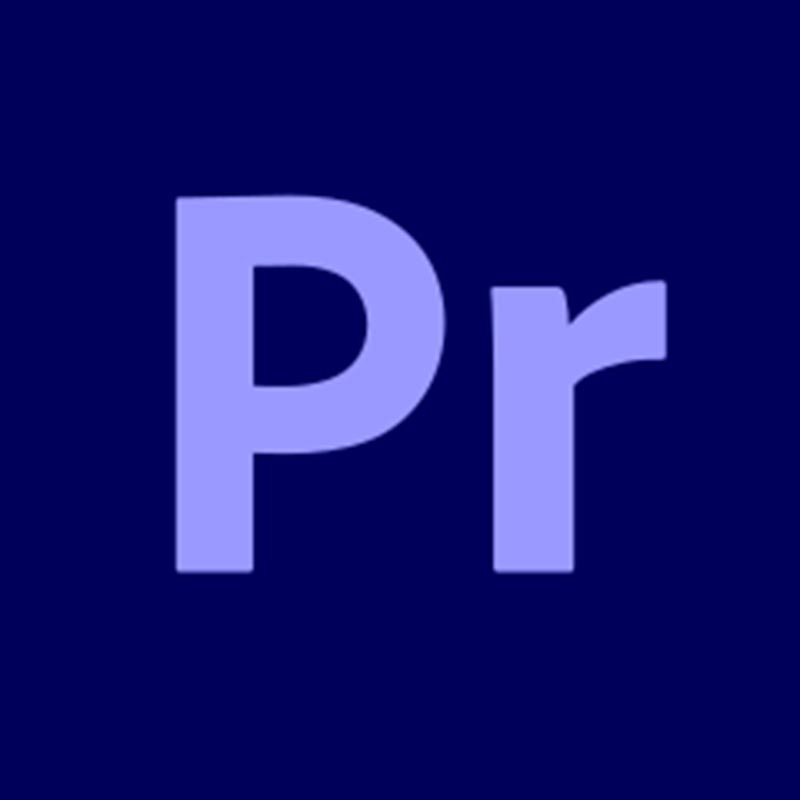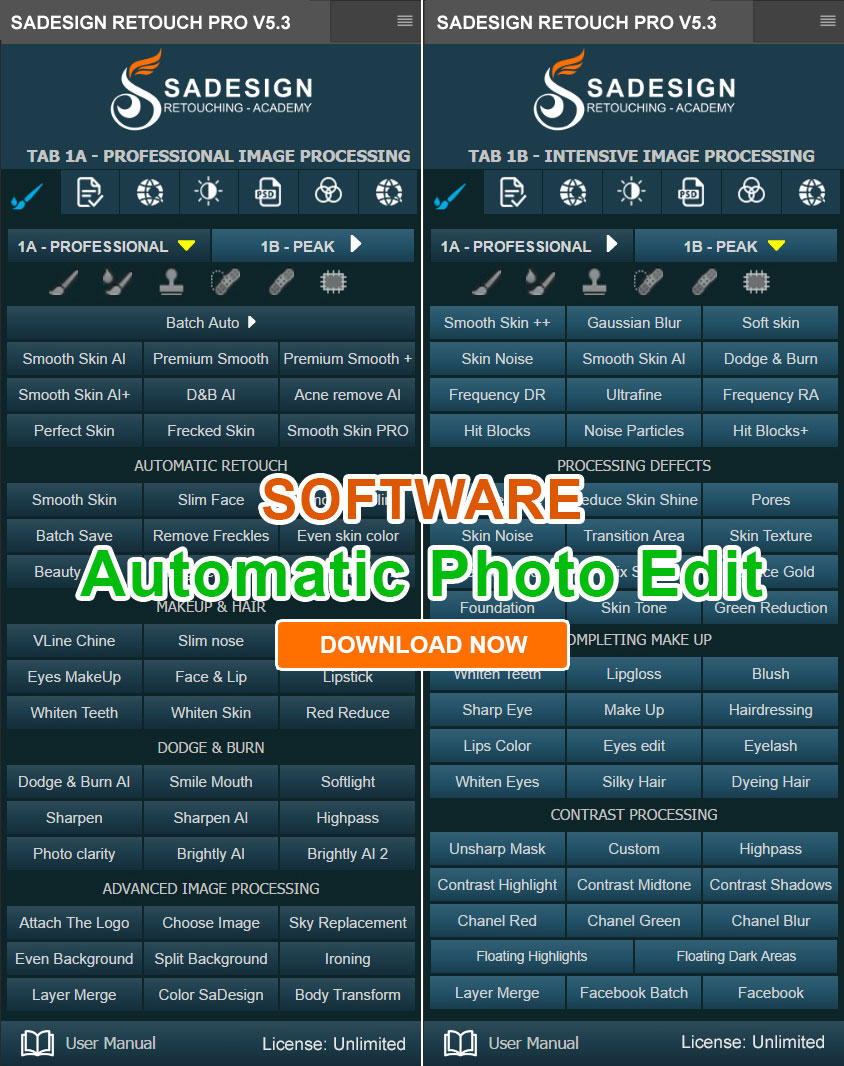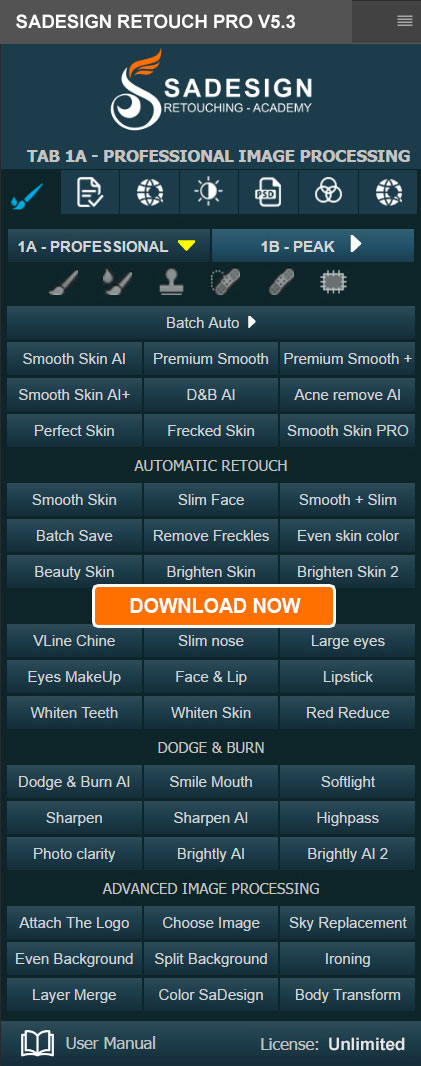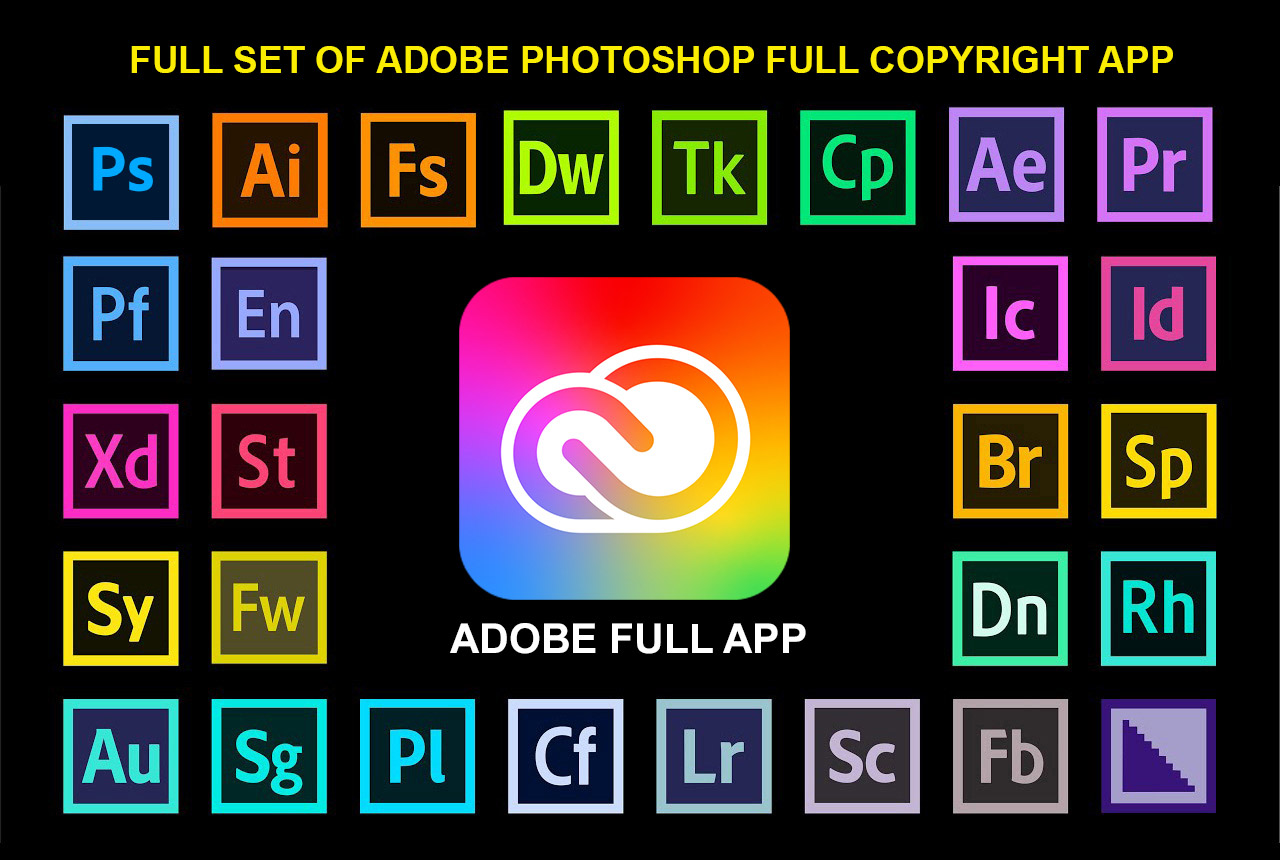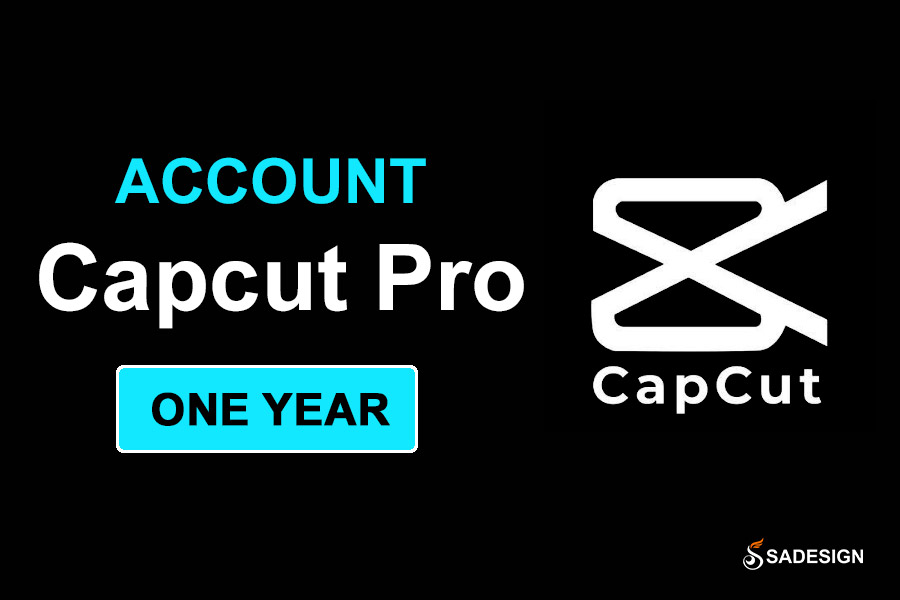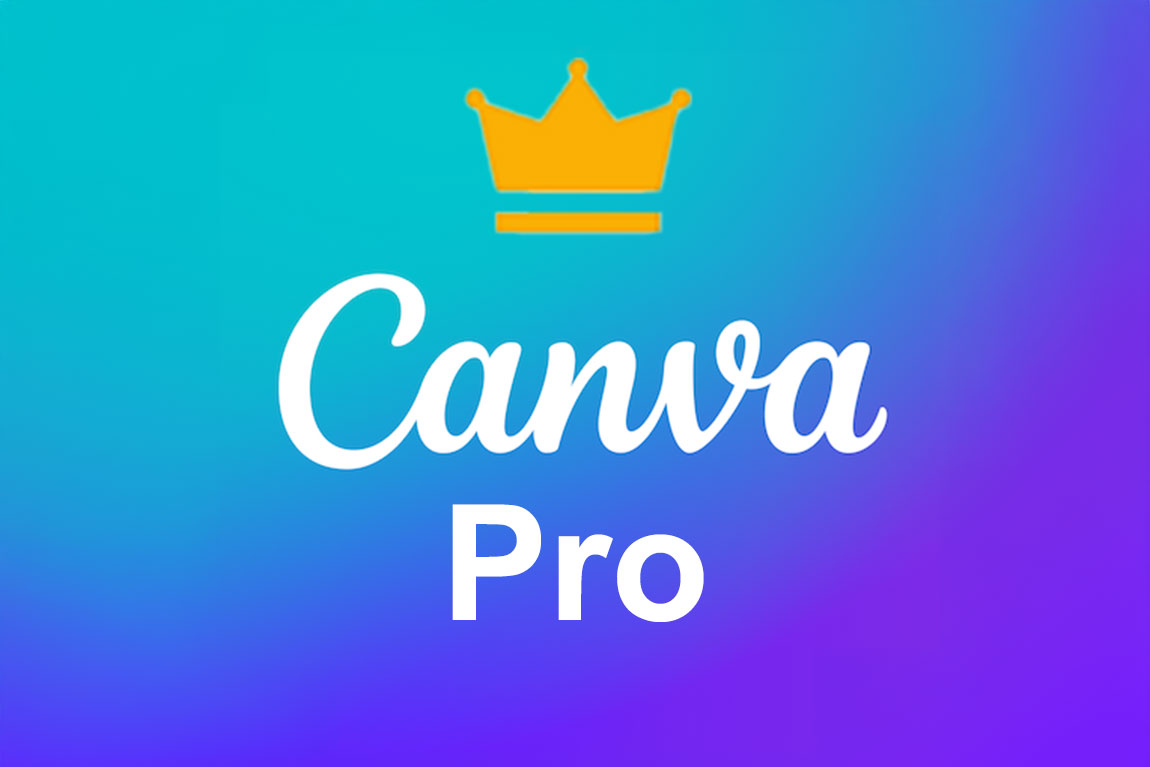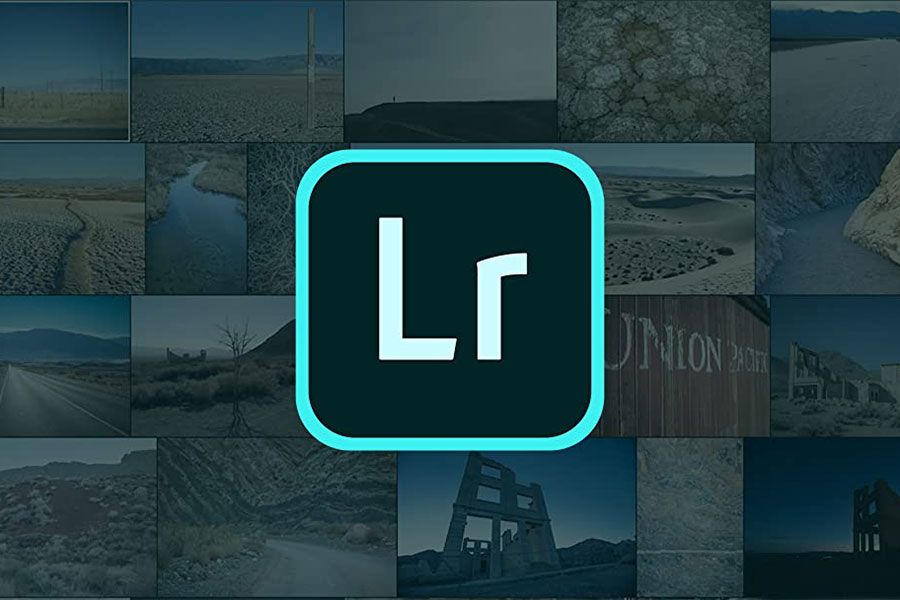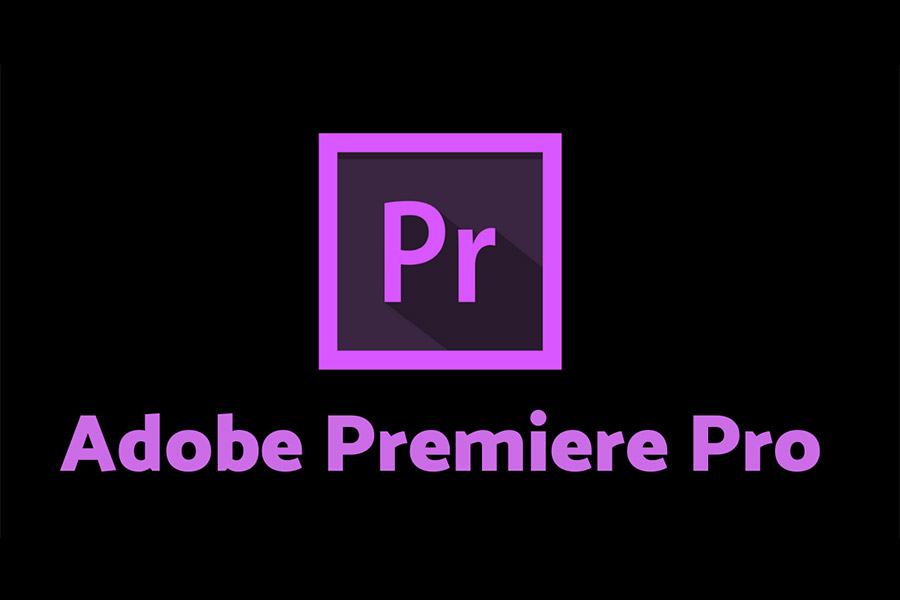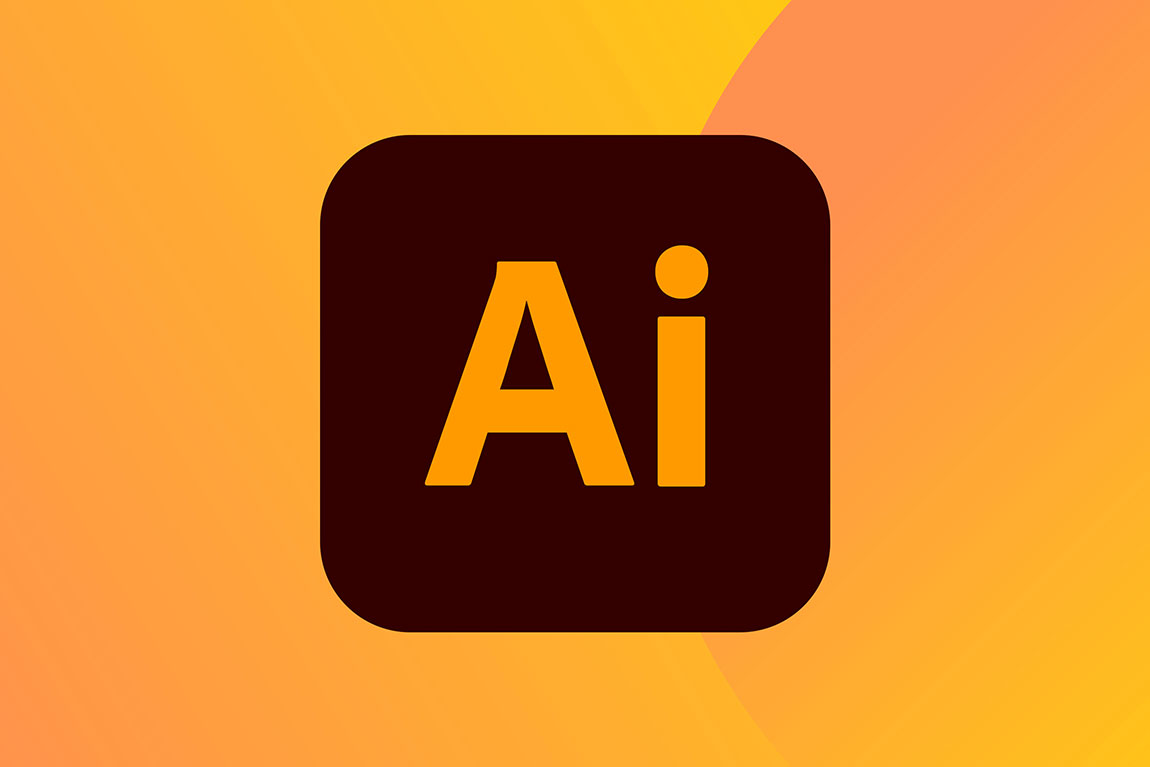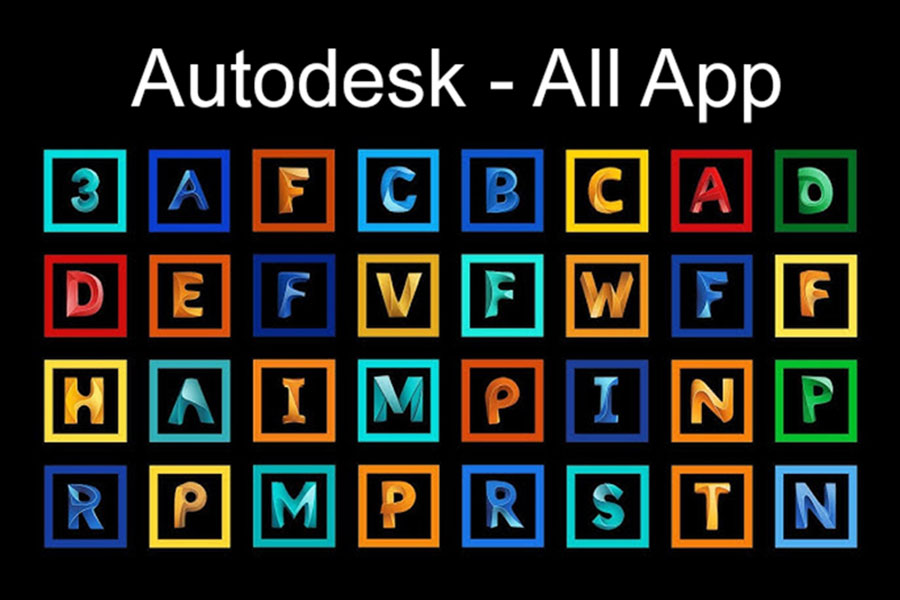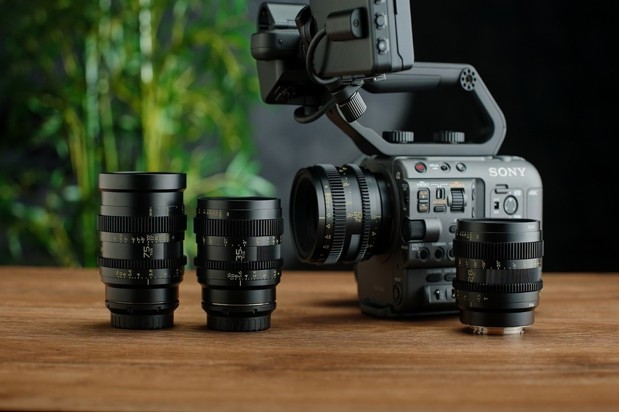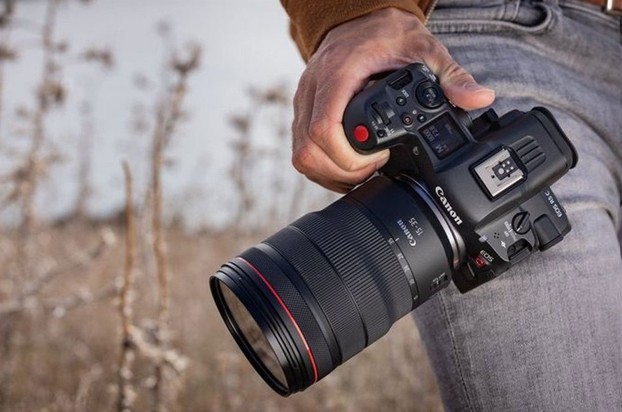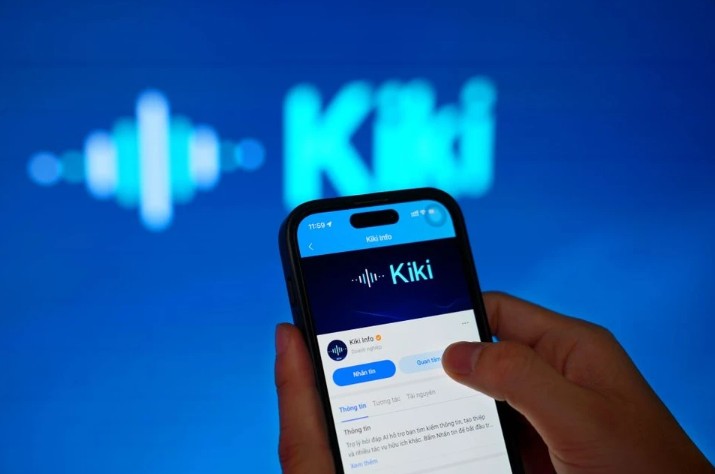Best Selling Products
Learn How to Make Advertising Videos: Spend Less – Get More Results
Nội dung
- 1. Introduction to the importance of promotional videos in marketing
- 2. Instructions for writing an effective script for a promotional video
- 2.1. Identify goals and target customers
- 2.2. Write a compelling and concise script
- 3. Steps to film and produce promotional videos
- 3.1. Prepare equipment and setting
- 3.2. Filming according to script plan
- 4. Edit and compose engaging promotional videos
- 4.1. Choose the right editing software
- 4.2. How to cut, add effects and attractive sounds
- 5. Release and distribute promotional videos on media channels
- 5.1. Choose the appropriate communication channel
- 5.2. Effective posting timing and frequency
- 6. Tips to optimize promotional videos to increase brand awareness and sales
- 7. Common problems when making promotional videos
- 7.1. Unattractive content, unable to retain viewers
- 7.2. Poor image and sound quality affects the experience
- 8. Best Practices
Video advertising is becoming an indispensable tool in modern marketing strategies.

Did you know? Currently, video advertising accounts for 82% of internet traffic worldwide. In the digital age, making quality video advertising is no longer the “privilege” of large companies with huge budgets. Whether you are a startup or a small and medium-sized enterprise, you can completely create impressive video advertising yourself at a very affordable cost.
However, in reality, many businesses in Vietnam are still missing out on this valuable opportunity. The reason is often that they do not really understand the power of advertising videos, or think that making videos is too complicated and expensive. That is a pity, because advertising videos not only help your brand become more known to more people, but can also significantly increase sales.
In this article, SaDesign will go through each specific step to create a professional promotional video. We will start from how to write an attractive script, the filming process to create beautiful and high-quality images, to tips for editing attractive videos, how to upload videos to many different channels and optimize the best performance.
1. Introduction to the importance of promotional videos in marketing
Video advertising is becoming an indispensable tool in modern marketing strategies. According to HubSpot research, 54% of consumers want to see more videos from the brands they love. This number is truly impressive and shows the great power of video in connecting with customers.
In Vietnam, the time people spend watching online videos is increasing rapidly. Platforms such as Facebook, YouTube, and TikTok have become the main marketing channels for many businesses. Videos not only convey information visually but also create emotions, making it easier for customers to remember the brand.
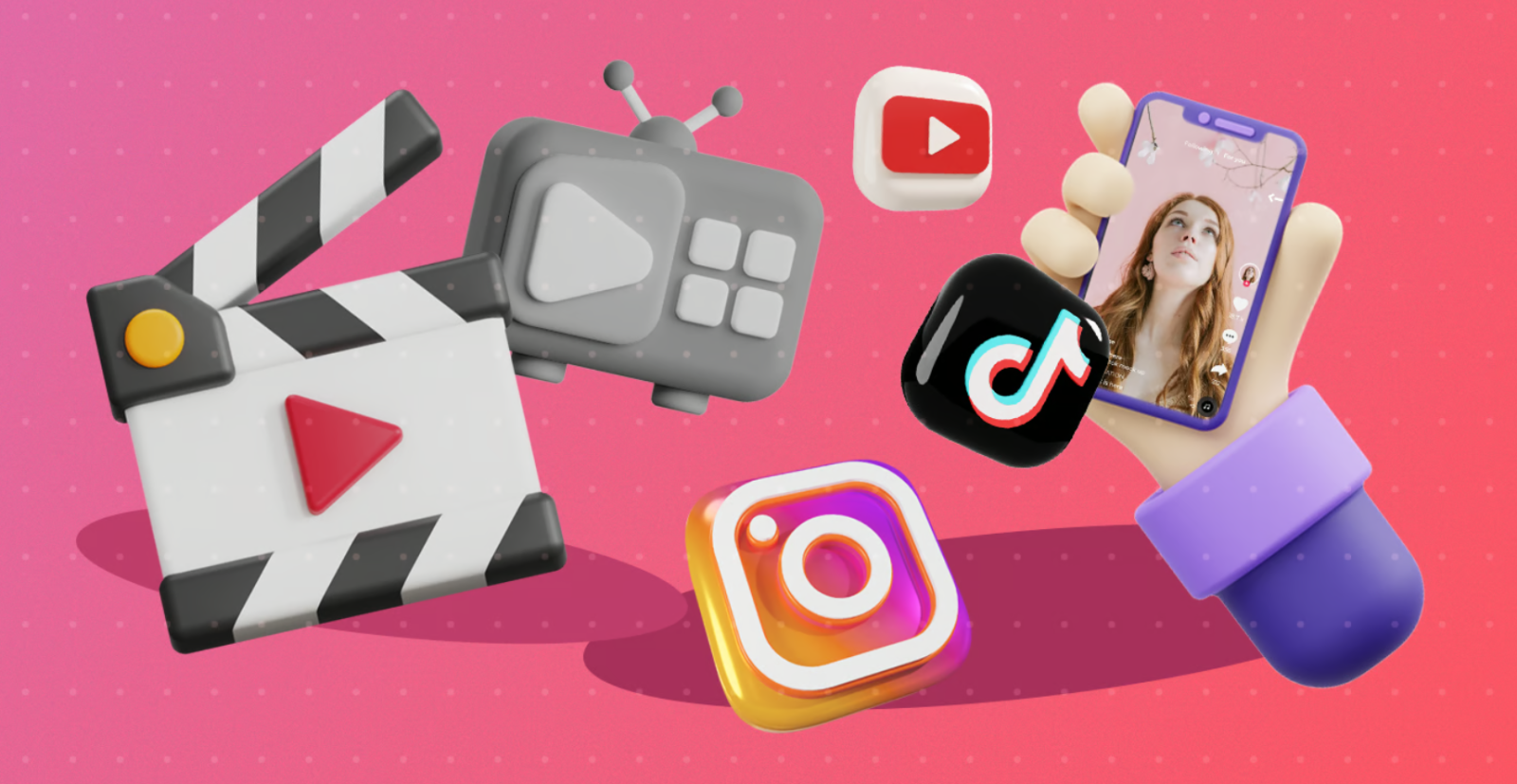
Many businesses fail to fully utilize the potential of video advertising or do not know how to make effective videos. They often make mistakes such as creating boring content, poor technical quality, or not having a clear distribution strategy. This results in wasted budget and does not achieve the desired marketing goals.
2. Instructions for writing an effective script for a promotional video
2.1. Identify goals and target customers
The first and most important step in creating a promotional video is to clearly define your campaign goals. Do you want to increase brand awareness, convey a specific message, or call customers to action? Each goal will require a different approach to content creation.
For example, if the goal is to increase brand awareness, the video should focus on showcasing the company’s core values and personality. Conversely, if the goal is to drive sales, the video should have a clear call to action and create a sense of urgency for viewers.
Understanding your target audience is key to the success of your video. You need to analyze their age, gender, interests, consumption habits, and media channels. This information will help guide the content, style, and language of your video.
One effective way to understand your target audience is to create a detailed “customer persona.” Imagine your ideal customer with their name, occupation, income, the problems they face, and how they seek solutions. Once you have a clear picture of your audience, creating content becomes easier and more precise.
2.2. Write a compelling and concise script
The script is the backbone of a successful video ad. A good script needs three key elements: a compelling opening that grabs attention in the first 3-5 seconds, a clear message that conveys the value of the product or service, and a strong ending with a specific call to action.
A compelling opening could be a curious question, a surprising statistic, or a situation that makes the audience feel empathy. For example: “Did you know that 90% of small businesses fail because of a lack of marketing strategy?” or “Why do your customers choose your competitors over your products?”
The body of your copy should focus on the benefits your product or service provides to your customers, not on technical features. Instead of saying “This product has cutting-edge AI technology,” say “It saves you 5 hours of work per week.”
Video ads should generally be kept between 15-60 seconds depending on the platform. Facebook and Instagram are good for 15-30 seconds, YouTube can be longer at 30-60 seconds, and TikTok is a shorter 15-30 seconds. The key is to make sure every second counts and contributes to the overall goal.
3. Steps to film and produce promotional videos
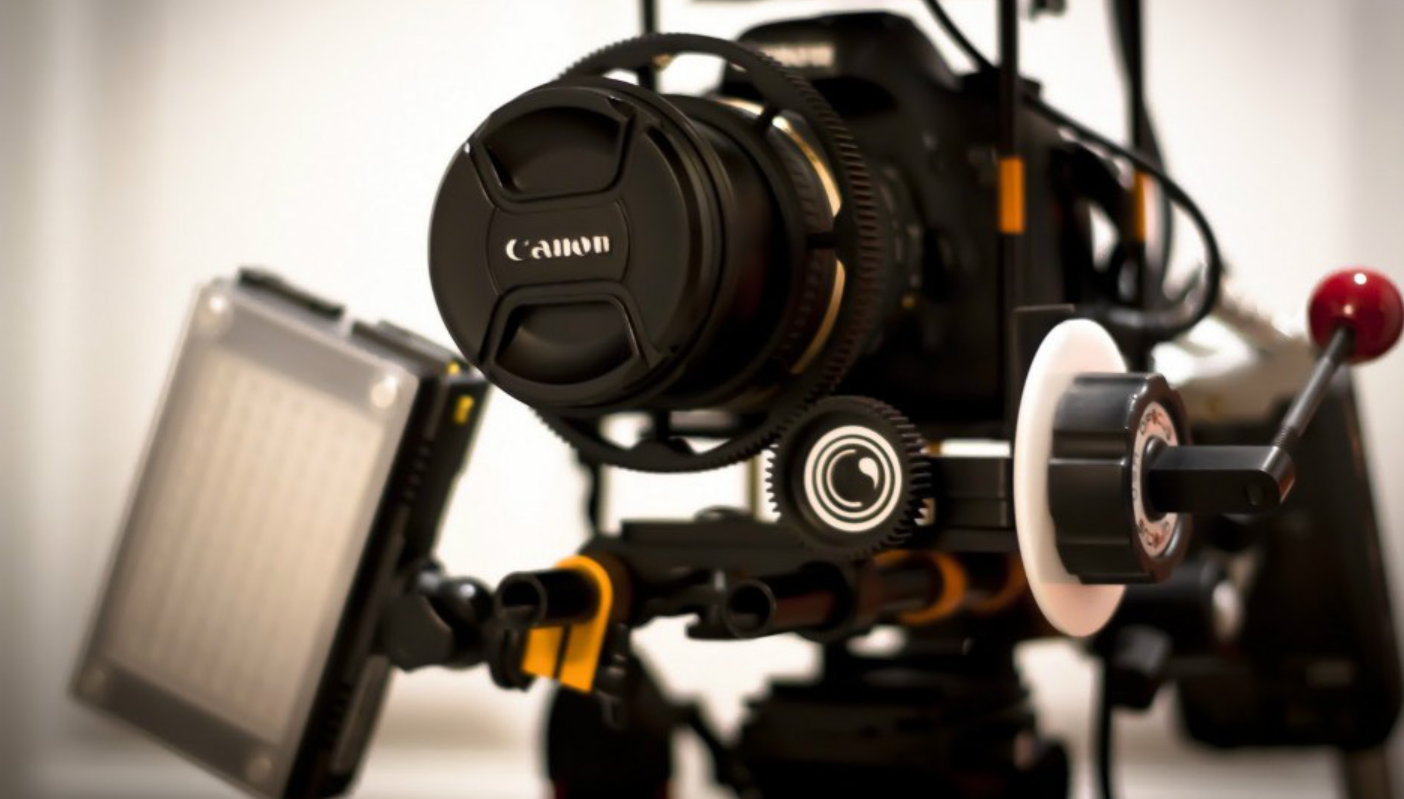
3.1. Prepare equipment and setting
Technical quality plays a big part in making your video look professional. Luckily, these days, you don’t need to spend a lot to get good quality images. A modern smartphone with a 4K camera, a stable tripod, and simple LED lights are all you need to produce high-quality video.
When choosing a camera, prioritize devices that can record 4K or at least Full HD 1080p at 30fps. Audio is just as important as video. Investing in a lapel microphone or shotgun mic will capture much clearer audio than the built-in microphone on your camera.
Natural light is always best. If shooting indoors, use window light or LED lights with a color temperature of 5600K for natural light. Avoid direct light that creates hard shadows, instead use light bulbs through thin fabric to create soft light.
The setting should match your brand and the message you want to convey. A tech company might choose a modern office, while a fashion brand might prefer a studio or outdoor space. Make sure the background isn’t too busy and doesn’t distract from the main character.
3.2. Filming according to script plan
Once you have your script and equipment in place, filming should follow an organized process. Start by arranging your shots in a logical order, not necessarily in the order they will appear in the final video. This saves time moving equipment and changing sets.
The rule of thirds is a fundamental principle of cinematography. Divide the frame into 9 equal parts with 2 horizontal and 2 vertical lines, placing the main subject at the intersection points to create balance and visual interest. For videos with someone speaking, make sure the speaker's eyes are on the top third line.
Camera angles also greatly affect the viewer's emotions. Horizontal angles create a sense of equality and friendliness, bottom-up angles create authority and strength, and top-down angles create a sense of closeness and intimacy. Choose the right angle for the message you want to convey.
It’s important to always shoot additional takes and different camera angles. This gives you more options in the editing process and prevents you from running out of footage when you need it. In particular, shoot the opening and closing scenes multiple times so you can choose the best version.
4. Edit and compose engaging promotional videos
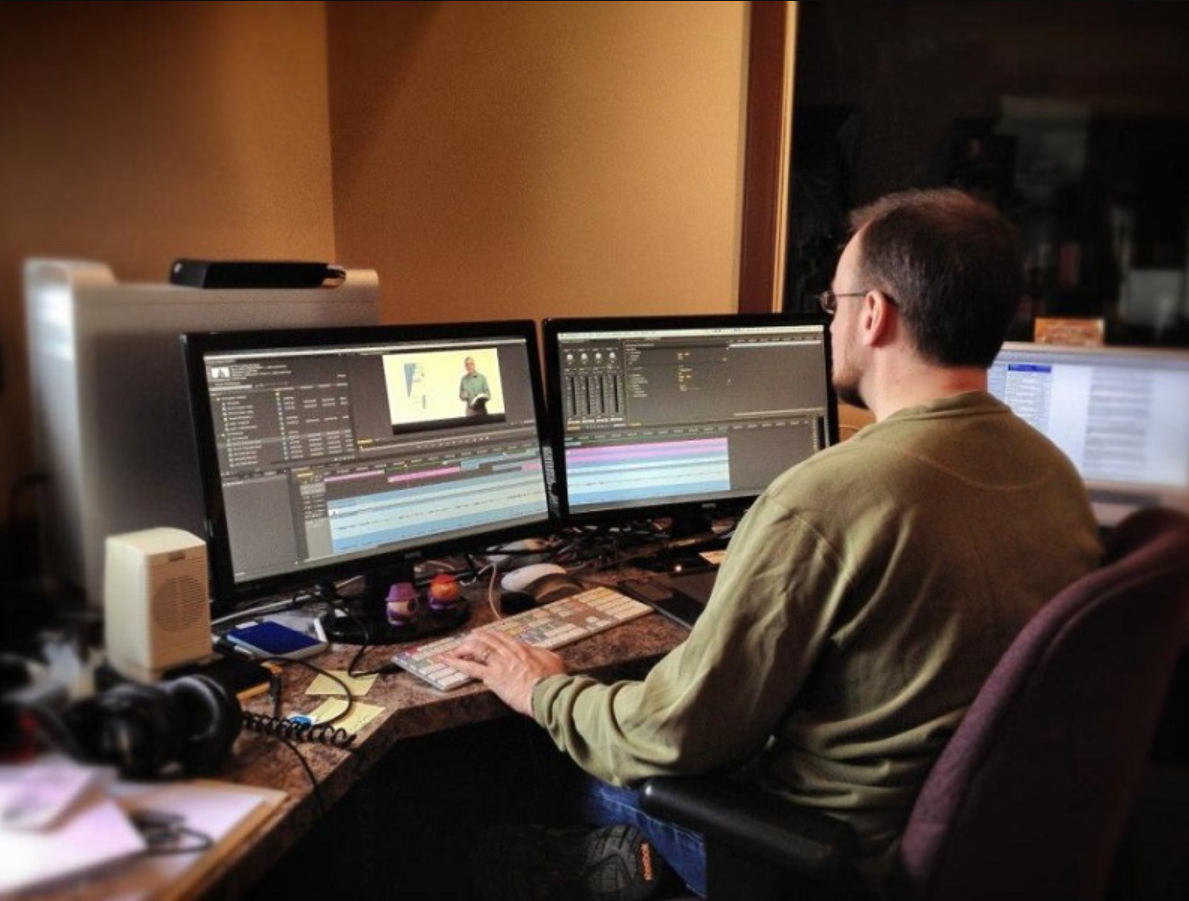
4.1. Choose the right editing software
Choosing the right video editing software depends on your skill level and budget. For beginners, applications like iMovie (Mac) or Windows Movie Maker offer simple interfaces and basic features enough to create quality videos.
If you want more advanced features, Adobe Premiere Pro is the top choice for professionals. It offers a full suite of editing tools, effects, and integration with other Adobe software like After Effects and Photoshop.
For users on a budget, DaVinci Resolve is a great choice. It is a completely free professional software with powerful features that are not inferior to Premiere Pro. Final Cut Pro X is also a good choice for Mac users with highly optimized performance.
Nowadays, video editing on phones is also becoming popular. Apps like InShot, KineMaster, or CapCut provide many professional features right on mobile devices. This is especially useful when creating quick content for social media.
4.2. How to cut, add effects and attractive sounds
The editing process begins with arranging the video clips according to the script. The most important principle of cutting is to keep the pace right – fast enough to hold attention but not so fast that it becomes distracting. For commercials, each shot should be 2-4 seconds long.
The opening is the most important part, it needs to attract the viewer in the first 3 seconds. Use the most impressive shot, possibly combined with smooth transition effects. Avoid using too many complicated effects that can distract attention from the main message.
Logos and slogans should be placed in a subtle way. Logos should appear in a position that does not obscure the main content, usually the top or bottom corner of the frame. Slogans can be displayed as text animations or integrated into the character's dialogue.
Sound plays an integral role in creating the mood of the video. Background music should match the tone & manner of the brand and not overpower the presenter’s voice. Background music volume should generally be kept between -18dB and -12dB when there is dialogue.
Sound effects like “whoosh,” “pop,” or “ding” can add some life to your video. However, use them sparingly to avoid making your video sound noisy and unprofessional. Make sure all audio is balanced and of clear quality.
5. Release and distribute promotional videos on media channels

5.1. Choose the appropriate communication channel
Choosing the right distribution channel can make or break your video advertising campaign. Each platform is unique and suitable for different types of content. Facebook is great for entertaining, educational videos and brand storytelling. YouTube is great for longer videos, detailed tutorials and in-depth content.
Instagram, especially Instagram Stories and Reels, is great for short, fresh, and aesthetically pleasing videos. TikTok favors dynamic, creative, and on-trend content. LinkedIn is great for B2B videos, professional content, and building brand credibility.
When deciding on a distribution channel, consider where your target audience spends the most time. If your product is aimed at Gen Z, TikTok and Instagram will be more effective than Facebook. Conversely, if your customers are primarily businesses, LinkedIn and YouTube will be more appropriate.
Don’t forget to optimize your videos for each specific platform. Facebook and Instagram favor square (1:1) or vertical (9:16) aspect ratio videos, while YouTube favors horizontal (16:9) videos. Video length also matters: TikTok prefers 15-30 seconds, Instagram Stories up to 15 seconds, and YouTube can be longer.
5.2. Effective posting timing and frequency
The timing of your video posting can have a significant impact on your reach and engagement. Research shows that the best time to post videos on Facebook is between 3pm and 4pm on weekdays, when people are more likely to be taking a break and scrolling through social media.
For Instagram, the prime times are 11:00-13:00 and 19:00-21:00, when users tend to be on their phones more. YouTube has high traffic in the evenings from 19:00-22:00 and on weekends. TikTok is active in the evenings from 18:00-20:00 when people get home from work.
Posting frequency should be carefully considered to maintain attention without annoying followers. For live video, 2-3 videos per week is appropriate. However, it should be combined with other valuable content such as educational videos, behind-the-scenes, or user-generated content.
Monitoring each platform’s analytics will help determine the optimal timing and frequency for your specific audience. Each brand and audience may have different habits, so testing and tweaking is necessary to get the best results.
6. Tips to optimize promotional videos to increase brand awareness and sales
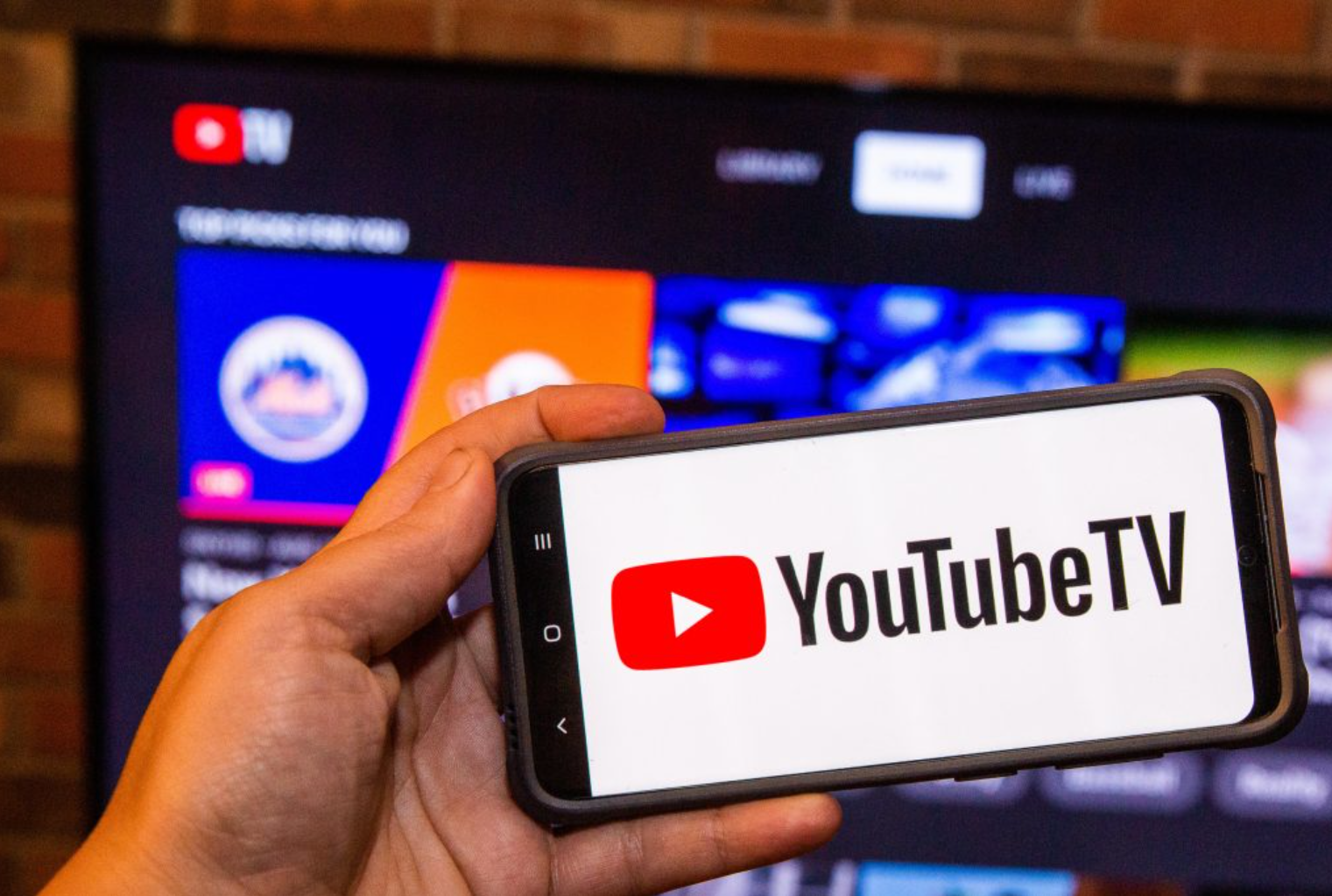
Optimizing your video ads is not just about creating quality content, but also about technical and strategic factors. Your video title plays a big role in getting viewers to click on your video. Use keywords related to your product or service naturally in your title.
Video descriptions are equally important, especially for YouTube. Use the first 2-3 sentences to give a compelling summary of the content, as this is what’s visible without having to click “see more”. Don’t forget to include a link to your website or product page in the description.
Using captions not only makes videos more accessible to people with hearing loss, it also increases engagement. Many people watch videos on social media with the sound on, so captions help them understand the content even without the sound.
The call-to-action should be clear and specific. Instead of saying “Contact us”, use “Call now 0868 33 9999 for a free consultation” or “Visit the website to receive a 20% discount”. The CTA should appear at least twice in the video: once in the middle and once at the end.
Effective tracking and analysis is an essential step in improving your strategy. Important metrics to track include: video completion rate, click-through rate (CTR), number of shares, and most importantly, conversion rate.
7. Common problems when making promotional videos
7.1. Unattractive content, unable to retain viewers
One of the most common problems when making promotional videos is creating boring content that fails to capture the attention of viewers. The main reason is often a lack of understanding of the target audience or focusing too much on promoting the product and forgetting to bring value to the viewer.
To overcome this problem, apply the “80-20” rule: 80% of your content should be valuable, entertaining, or informative to your audience, and only 20% should be directly promotional. For example, instead of listing product features, show your audience how your product solves a specific problem in their life.
Storytelling is an effective way to make your videos more engaging. Instead of a dry presentation, tell a story with characters, situations, and solutions. Viewers will find it easier to empathize with and remember your message when it is presented in story form.
Another tip is to create a strong “hook” from the first second. An intriguing question, surprising statistic, or bold statement can all be effective hooks. For example: “Did you know you’re wasting 2 hours a day on this?”
7.2. Poor image and sound quality affects the experience
Poor technical video quality not only affects the viewer experience, but also damages your brand reputation. Blurry, grainy or shaky images, broken audio or noise will cause viewers to leave your video immediately.

To improve image quality, first make sure you have enough light when filming. Natural light from windows is usually better than electric lights indoors. If you have to shoot in low light, invest in LED lights or increase the ISO on your camera (but not above 800 to avoid noise).
Anti-shake is another important issue. Even when shooting handheld, try to keep the camera steady and use anti-shake if available. It is best to use a tripod or gimbal to get smooth, professional images.
In terms of audio, do a test shot and listen back before you actually shoot. Avoid shooting in areas with ambient noise, such as near streets or air conditioning. Using an external microphone will give much better sound quality than the built-in microphone on your camera.
In post-production, tools can be used to reduce audio noise and enhance image clarity. However, shooting well from the start will save editing time and give much better results.
8. Best Practices
Based on real-life experience and research on video marketing, there are some golden rules that every videographer should follow. First and foremost, always start with a clear goal and a detailed script. Never shoot a video without a specific plan.
The script doesn’t have to be lengthy, but it should include the core elements: an opening hook, a key message, evidence or benefits, and a call-to-action at the end of the video. Each section should have a specific duration to ensure the video isn’t too long or rushed.
Ensuring professional filming and post-production is non-negotiable. Viewers today have high standards for video quality, especially when they are exposed to so much high-quality content every day. Blurry, shaky video, or poor audio will tarnish your brand.
Posting at the right time and at the right frequency is key to reaching your audience. Research your target audience’s habits on each platform and experiment with different times to find the optimal time. Don’t post too many promotional videos in a row, as this can be annoying to your followers.
Things to avoid include: videos that are too long, making viewers impatient, content that is rambling and unfocused, lack of focus that makes the video boring, and most importantly, no clear call-to-action. Remember that the ultimate goal of a promotional video is to drive action from the viewer.
Hopefully, after reading this, you’ve seen that making your own promotional videos is no longer something too far-fetched or complicated. Whether you’re starting with a modest budget or don’t have much experience, as long as you’re willing to learn and get started, you’ll definitely be able to create quality videos that attract customers and help your brand stand out.
